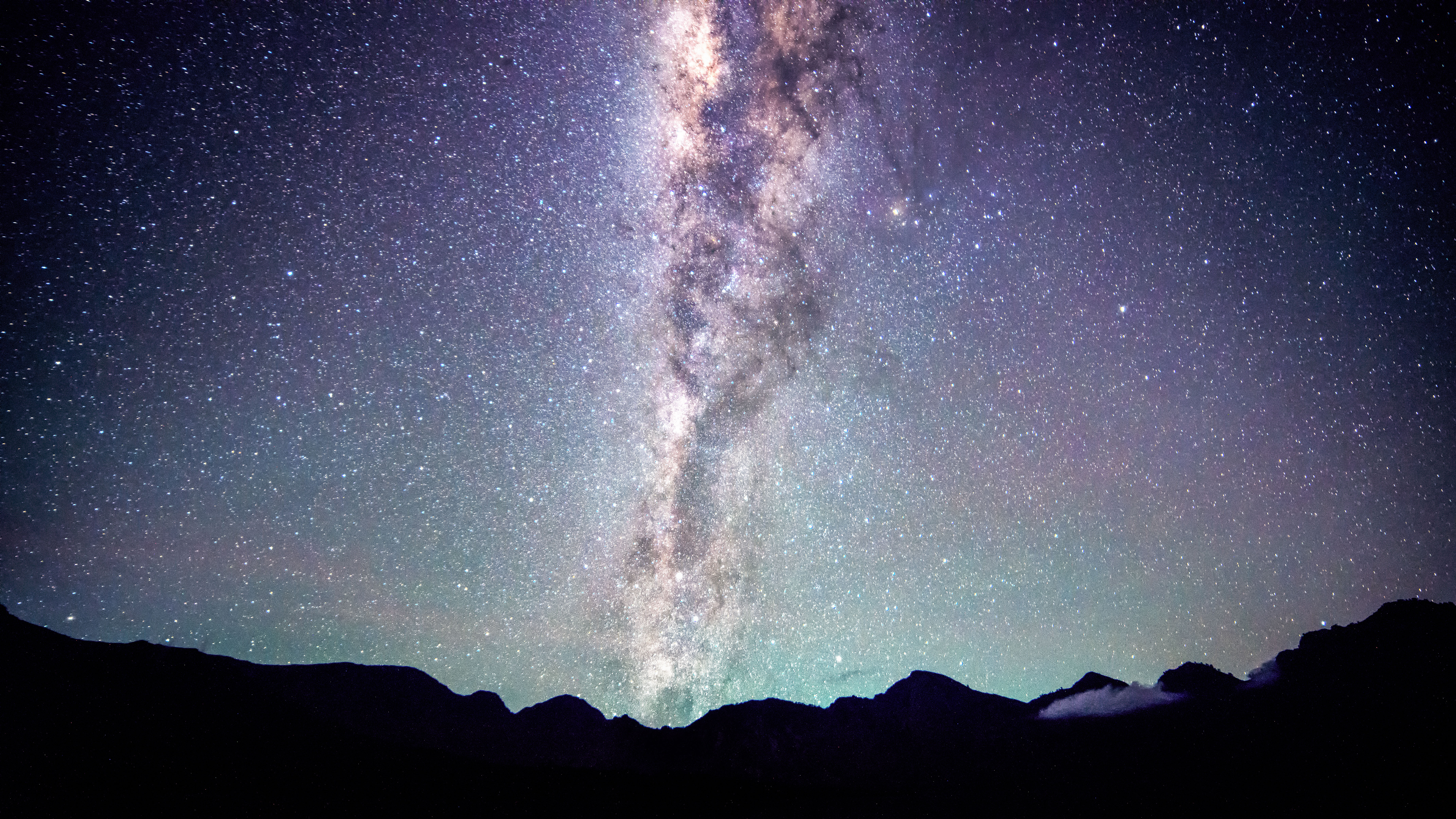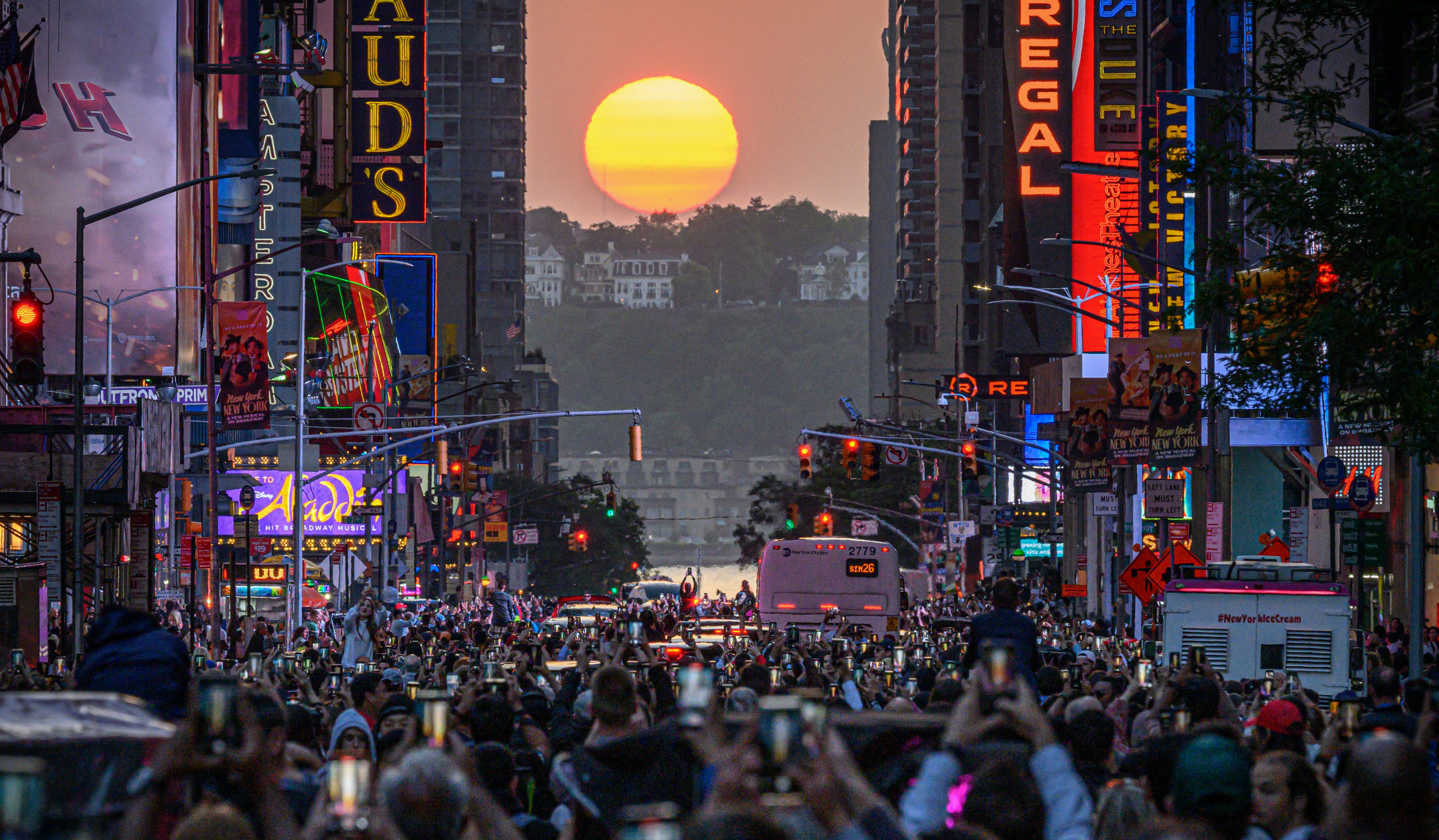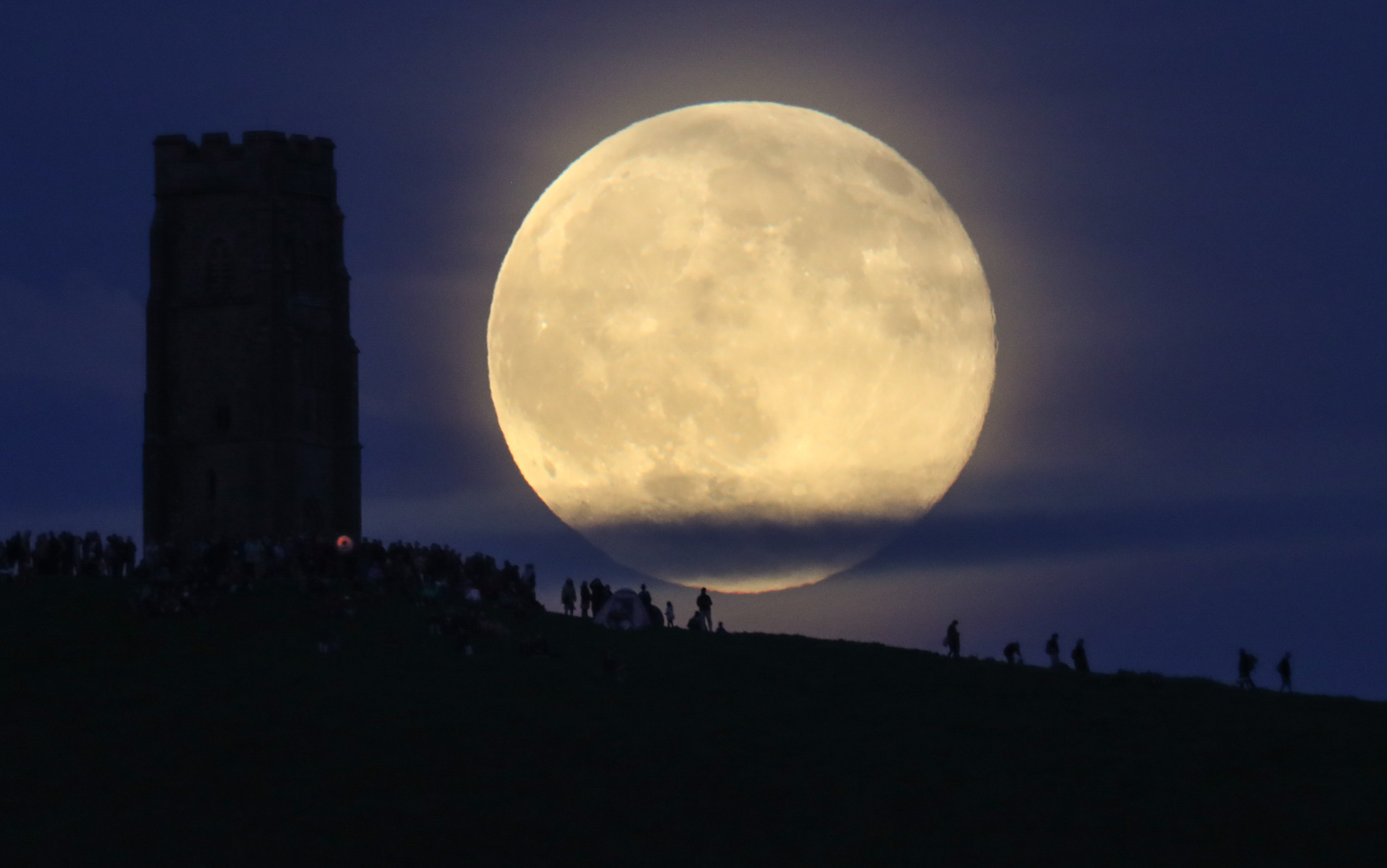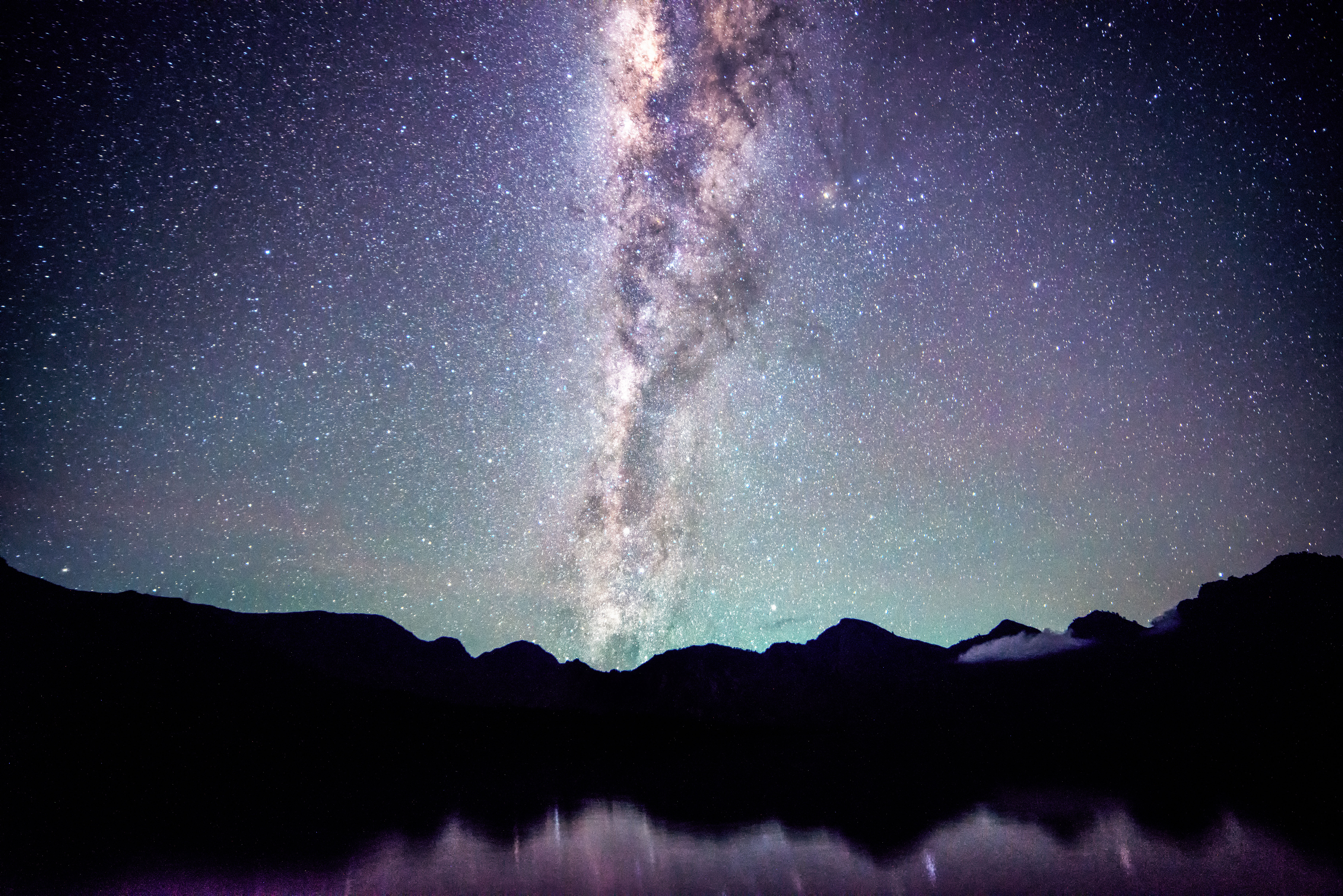
Astrophotographers can start working immediately in July. Yes, the hours of astronomical darkness are short in the northern hemisphere, but the month has begun with night skies that are, at least, free from moonlight. This month, there are many stunning wide-field shots, from the youngest moon and planetary alignments to the Delta Aquariids meteor shower and the mesmerizing Milky Way arching across the sky. There's also a chance to capture a rare occultation of a bright star.
Here’s everything you need to know about astrophotography in July 2024:
Saturday, 28 June-Monday, 8 July: Dark sky window
Darkness is hard to find just a week after the solstice, but you’ll get the best astrophotos when the moon is down. The nights will be moonlight-free for around 10 nights from 28 June’s 50% illuminated last quarter moon through a 10%-illuminated crescent moon on 8 July.
Read: Astrophotography: How-to guides, tips and videos.
Saturday, 6 July: The youngest moon
Get outside when the sun goes down and look to the west-northwest. If there’s a clear horizon, scan it with binoculars for the slim crescent of the youngest moon. It will be barely over 1%-illuminated, so very challenging to find. You may also see Mercury to its upper left and Venus to its lower right.
Read: When to photograph the moon
Sunday, 7 July: Mercury and a crescent moon
After sunset tonight, the young moon will be a little brighter and a little higher in the sky. Though at just 5% illuminated, it will still be a challenge to find. As a bonus, it will have moved just below a particularly high Mercury, which could make for an unusual shot. You may also see a brightening Venus to the lower right, close to the northwest horizon.
Monday, 8 July-Wednesday, 31 July: A pre-sunrise spectacle

If you can get up and set up early, there’s a lovely planetary tableau to see. Rising in the east-northeast at around 04:00 a.m. from mid-northern latitudes of the northern hemisphere will be Mars and a brightening Jupiter against the backdrop of the constellation of Taurus. That means the Pleiades – the most beautiful open star cluster (also known as the ‘Seven Sisters’) – and bright star Aldebaran. As the month wears on, Mars will move in tighter. Arguably, the best nights are 29, 30 and 31 July, when a crescent moon will cut through the scene.
Read: The best cameras for astrophotography
Friday, 12 July and Saturday, 13 July: ‘Manhattanhenge’

Precisely 22 and 23 days before and after the solstice, the sun sets aligned with the east-west streets of Manhattan in New York City. Clouds marred the previous ‘Manhattanhenge’ in late May, but there are two more chances in July. On Friday, 12 July, a half-sun will be set on the grid at 8:20 p.m. EDT, while on Saturday, 13 July, the whole disk will ‘kiss the grid’. The key shot is crowds of people in the foreground with the sun setting between skyscrapers. Just be really careful photographing the sun – don't try it until it's extremely low in the sky.
Saturday, 13 July-Sunday, 14 July: The moon occults a bright star
Spica, the brightest star in the constellation Virgo, is one of four bright stars in the night sky, and the moon frequently appears beside it. Only from North America will Spica be blocked by the first quarter moon for a few hours tonight. As the map on In-The-Sky.org shows, eastern U.S. states will see Spica disappear behind the moon's dark limb at about 11:30 p.m. EDT in the southwest sky, while those in the northeast U.S. will see it reappear at about 9:00 p.m. MDT. The sweet spot is the Midwest, which will be able to watch the entire event from 10:00 p.m. CDT. This rare occultation of Spica will only be visible from parts of North and Central America.
Sunday, July 21: A full ‘Buck’ or ‘Thunder’ moon

Since it’s relatively close to June’s solstice, the full ‘Buck Moon’ or ‘Thunder Moon’ will be one of the northern hemisphere's latest-rising and lowest-hanging full moons of the year. It will be best seen at moonrise on Sunday, 21 July, but it will also be worth a go on Saturday, 20 July (check the moonrise/moonset times for your location).
Read: How to photograph the full moon
Wednesday, July 31: Delta Aquariids meteor shower
Although it’s not the finest meteor shower of the year, about 10-20 Delta Aquariids could be visible in dark skies in the early hours of Wednesday. Since its ‘shooting stars’ are among the slowest moving, it’s a particularly good opportunity to leave a camera outside to take long exposures, which may catch one or two. Just make sure a clear sky is predicted.
Read: How to photograph a meteor shower

Patience, planning, and the right equipment are crucial to capturing the mesmerizing beauty of the Milky Way, but July through August is the ideal time to capture images of our galaxy arching across the sky as soon as it gets dark. The galaxy's bright core will be in the southeast, as seen from the northern hemisphere (though to get an even better view of it, you'll need to travel south, ideally to the southern hemisphere). First, choose a moonless sky away from urban light pollution. Second, pack a sturdy tripod and a full-frame DSLR or mirrorless camera with a wide-angle lens. Shoot in raw.
Experiment with settings, but start with as wide an aperture as possible (f1.8-f4), ISO 800 (or much higher on newer cameras) and about 20 seconds shutter speed. Make sure you keep the stars sharp, which you can do by zooming in on your first image and making adjustments. Infinity focus (∞ on your lens dial) is a good starting point. Play with compositions to get something interesting in the foreground, such as a building, tree or mountain. The results may appear dark at first, but you'll be able to bring out the brightness and color of the Milky Way in post-processing.
Read: How to photograph the Milky Way
Read more:







